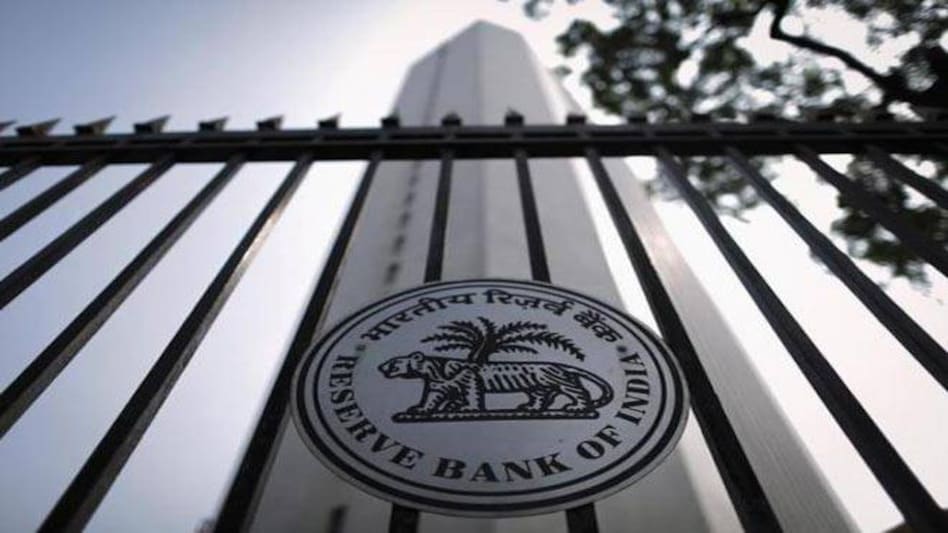

In sharp contrast to what was widely anticipated, the Monetary Policy Committee refrained from cutting the repo rate in its first policy review after demonetisation. Amid fears of growth slowing down after the ban of high denomination notes, markets were expecting a repo rate cut of at least 25 basis point (100 basis point is equal to one per cent) from the Reserve Bank of India (RBI), which would have supported growth by helping banks provide credit at lower rates.
If the RBI cuts repo rate (the rate at which RBI lends to banks), it is expected of banks to cut their lending rates as their cost of borrowing goes down. So, those who were expecting their loan EMIs (equated monthly instalments) to go down were also disappointed.
But experts are still hopeful that banks may reduce lending rates given the ample liquidity in the system and withdrawal of the temporary cash-reserve ratio (CRR) requirements by the RBI. The RBI increased CRR requirement by 100 per cent post demonetisation to suck out the excess liquidity with banks. CRR is the percentage of total deposits that banks have to park with the RBI. This money does not earn any interest.
ALSO READ: RBI goes against market expectations, holds repo rate
Says Manoj Nagpal, MD and CEO, Outlook Asia Capita: "Flush with liquidity and removal of the intermittent CRR hike on incremental deposits, the banks may have no choice but to cut rates as they go along even prior to the next policy. Though, obviously, the rate cuts by banks may not be large, as the signal from the RBI is to hold at this point in time."
"The RBI has so far received Rs 11.55 lakh crore back in deposits. The removal of incremental CRR will release more liquidity into the banking system," says Puru Vashishtha, Advisor and Board Member, Deal4Loans.
The banks have slashed the deposits rates after demonetisation, which has reduced their cost of funds, giving room to them to cut rates further.
"I have no doubt that the lending rates will go down as there is a defined mechanism through which the rates are determined. The marginal cost of funds-based lending rates (MCLR) is based on the incremental cost of funds to the banks. As banks have slashed the deposit rates, the cost of lending should also logically go down," says Harsha Roongta, CEO, Apnapaisa.com.
ALSO READ: RBI's boss Urjit Patel echoes Narendra Modi on demonetisation
All loans taken after April 1, 2016, are now linked to the banks' MCLR rates while earlier banks were following the base-rate method. People, who borrowed before April 1, will still have their loans based on the base rate, but they will have the option to convert it to MCLR- linked loans.
If the MCLR goes down, the new borrower will get loans at lower rates while existing borrower under this regime will have to wait till the reset period.
Experts also feel that banks have not passed on the benefit of repo rate cuts by the RBI in the past fully to customers. So, they may do it now as the liquidity situation is good.
"The RBI has cut repo rates by 175 basis points since January 2015, while the banks have lowered repo rates by only 75-80 basis points. Therefore, there is enough room for banks to cut rates, given the current liquidity conditions and the withdrawal of CRR requirements by the RBI," says Samantak Das, Chief Economist and Director of Research, Knight Frank.
However, a cut of 25 bps by the RBI would have given the sentimental boost required, say experts. "RBI should have cut the repo rate as it would have given a positive signal, keeping in mind the current issue of demonetisation. People would have seen a ray of hope if this would have happened," says Sahil Kapoor, Executive Director, RE/MAX India, a real estate brokerage.
"Considering the current economic situation, it is disappointing that the RBI has chosen to maintain status quo on policy rates. A 25 bps cut was widely factored in as it would have provided some cushion from the impact of demonetisation," adds Surendra Hiranandani, Chairman and Managing Director, House of Hiranandani.
Copyright©2024 Living Media India Limited. For reprint rights: Syndications Today